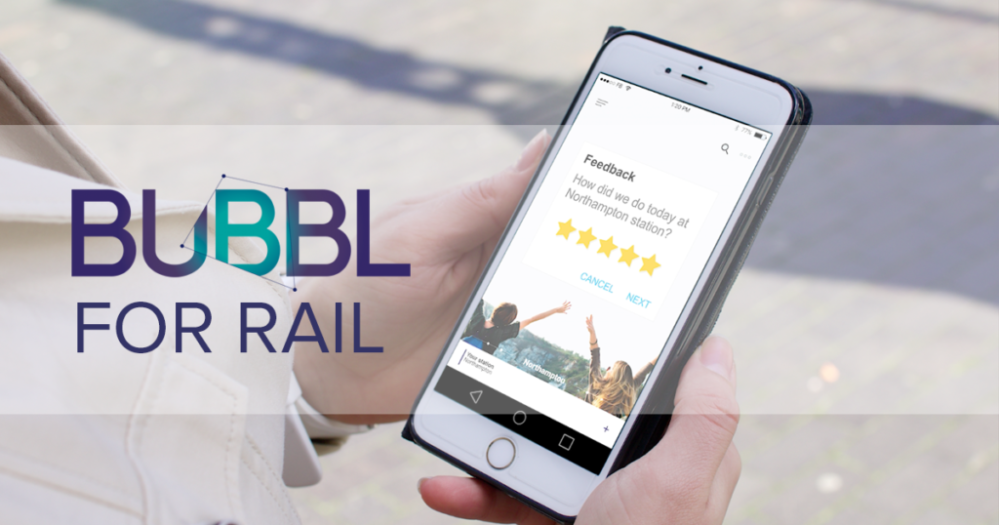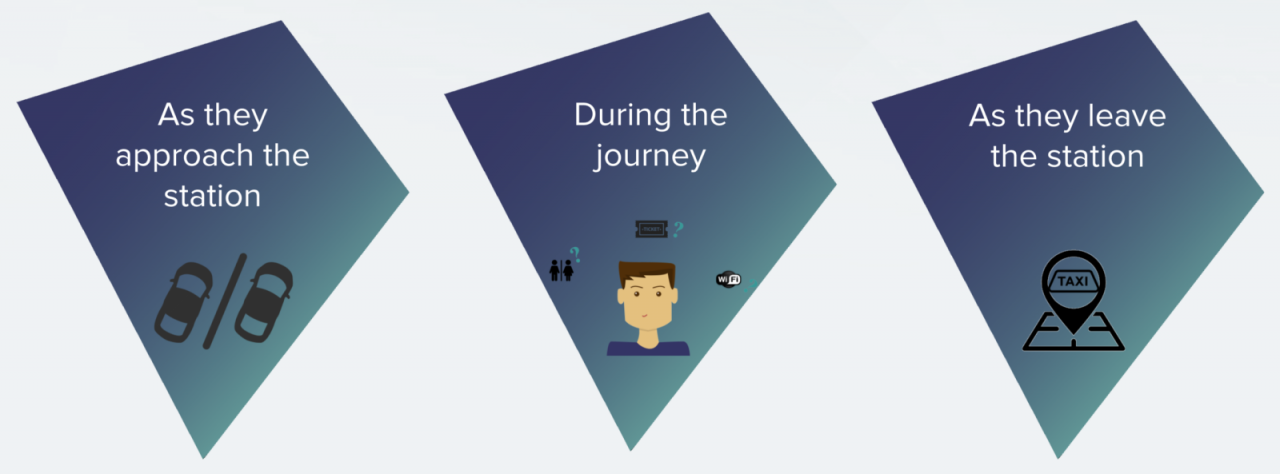Rail and Geolocation: How to Improve Passengersâ Experience with Location-based Updates (video)
23 Nov 2017

Rail and geolocation, or any digital innovation to be exact, are not words that are seen together too frequently. But a recent increase in demand for mobile-led solutions caused the sector to reconsider their digital strategies. Some stop on implementing a free WiFi onboard (much welcomed, as always). Others go a step further. We’re seeing a number of transport companies actively seeking innovative solutions that will impact passenger experience and solve some of the main pet peeves that drive even the most patient passengers nuts.
Now, let’s dig into more detail. There are key issues that most big transport companies experience. Understaffed stations lead to difficulties for customers wanting information about station facilities, tickets or self-service machines, particularly when disruption is happening. When disruption does happen, chaos follows quickly afterwards. Station staff struggles to keep customers informed, decisions are made in the central office and no one really knows what’s going on, where the bus replacements are meant to be coming to and where to redirect customers. All information is displayed on information boards, but in the fervor of an angry crowd, it’s not easy to see any information, especially if your eyesight isn’t the same as when you were in your teenage years .
This is where location-based mobile updates can be a life-saver, both for station staff and passengers. As part of London Midland Labs accelerator programme, we explored how geolocation can benefit rail passengers and here is what we established:

Rail and geolocation: three main reasons why geolocation can do wonders in the rail sector
-
Geolocation can improve how delays are communicated (ever struggled with inaudible station announcements or wished you knew about delays before you spent a shed load of energy running for the train).
-
Geolocation can help the overall station experience just before, and right after, the journey. (Think directions to taxis / bus stops, travel tips, nearby places worth visiting, location-relevant vouchers and offers, station-relevant surveys with real-time feedback to improve the customer experience on the spot, etc.)
-
Geolocation can augment customer service while at the station (no more asking gate staff where the toilets are or how to use a self-service machines - you could receive all information on your mobile phone as you walk into the station).
Need some more convincing? We shot a fancy video to showcase the results of our 10 week accelerator programme with London Midland. Watch our quick sample user journey story to understand why rail and geolocation are words that are meant to be together after all: https://youtu.be/ynccdxywf4g
----------------------------------------
Have you seen our previous post? We asked a number of train passengers what was their view on the train apps, what they thought about location sharing and whether location-based updates would win over their hearts. Click here to find out what they told us…

Please login to comment.
Comments